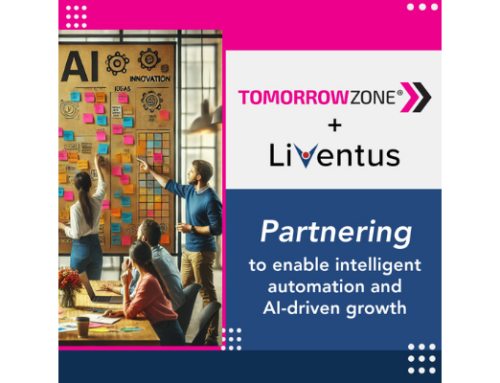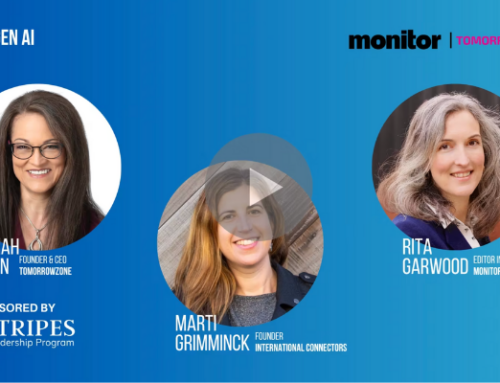
Welcome back to our SMART Start series, where we’re unpacking the five key principles essential for digital transformation success. If you caught our introductory post, you’ll remember Ned’s story—a vivid illustration of a journey through the ‘messy middle’ of change. Today, we dive into the first cornerstone of the SMART Start approach: Shared Understanding.
The Essence of Shared Understanding
At the heart of any successful digital transformation lies a shared understanding. It’s the collective clarity and agreement on the WHY, WHAT, and HOW of the transformation journey. This isn’t just about having a common goal; it’s about ensuring that everyone, from the C-suite to the frontline employees, has a deep, nuanced grasp of the vision, the strategy to achieve it, and the role they play in making it happen.
Why does this matter so much? Because without a shared understanding, efforts become disjointed, resources are wasted, and, most critically, the human side of innovation is neglected. This leads to resistance, confusion, and, ultimately, project derailment.
Why It Matters: Lessons from Ned’s Experience
Remember Ned? His story is a testament to the transformative power of shared understanding. Initially, his team was fragmented, working in silos with disparate views of the project’s goals and processes. This lack of cohesion led to frustration, delays, and a looming risk of failure.
However, by fostering a shared understanding, Ned and his team were able to realign. They moved from confusion to clarity. From frustration to collaboration. This alignment was not just about agreeing on the destination but understanding the journey—every twist, turn, and potential roadblock. The result? A team empowered to navigate the complexities of digital transformation with confidence and agility.
Developing Shared Understanding in Your Team
Creating a shared understanding within your team doesn’t happen by accident. It requires intentional, strategic action. Here’s how you can start:
- Involve Everyone in the Visioning Process: Ensure that each team member understands the broader vision and how their work contributes to it. Use workshops, town halls, and regular check-ins to foster dialogue and address any misconceptions.
- Clarify and Communicate: Make goals, roles, and expectations crystal clear. Use visual aids, such as flowcharts or diagrams, to illustrate how individual efforts contribute to the collective goal.
- Foster a Culture of Open Communication: Encourage questions, feedback, and dialogue. Create safe spaces for team members to express concerns or confusion without fear of retribution.
- Leverage Storytelling: Just as we’ve shared Ned’s story, use storytelling to make the vision and strategy relatable and memorable. Stories are powerful tools for illustrating complex ideas in a way that resonates.
- Iterate and Realign: Shared understanding is not a one-and-done deal. Regularly revisit your goals, strategies, and roles to ensure alignment as the project evolves.
Looking Ahead
As we continue with our series, keep in mind that shared understanding is just the starting point. It lays the foundation upon which Momentum can be built—the ‘M’ in our SMART Start approach, which we’ll explore in our next post.
If you’re navigating the messy middle of digital transformation and need a SMART start — or even a SMART re-start — TomorrowZone is here to guide you. Our expertise in marrying the human side of innovation with cutting-edge technology strategy ensures your journey is not just successful but sustainable.
Stay tuned for our next installment on Momentum, and let’s transform the future, together.
Ready to unlock the full potential of your digital transformation journey with a SMART Start? Contact TomorrowZone today. Let’s turn your vision into reality.





